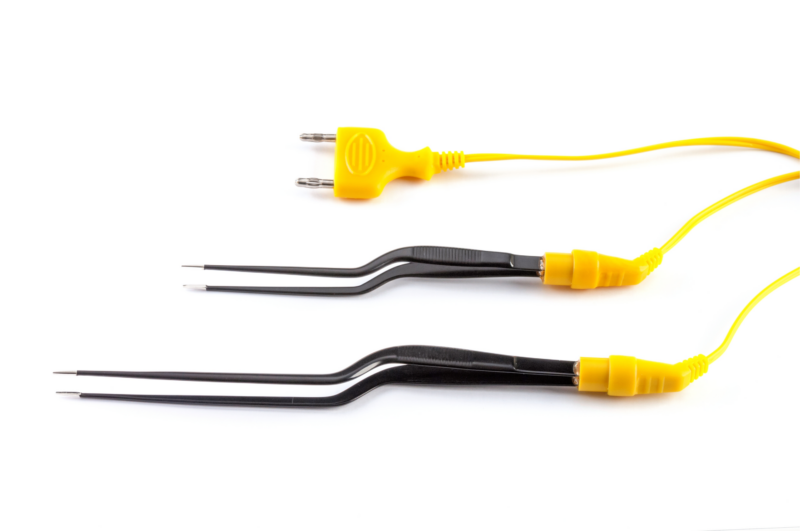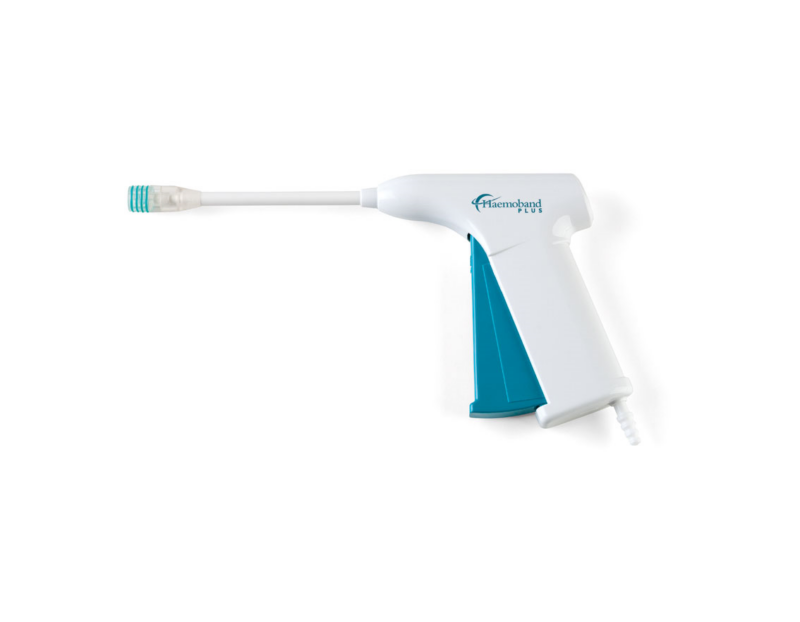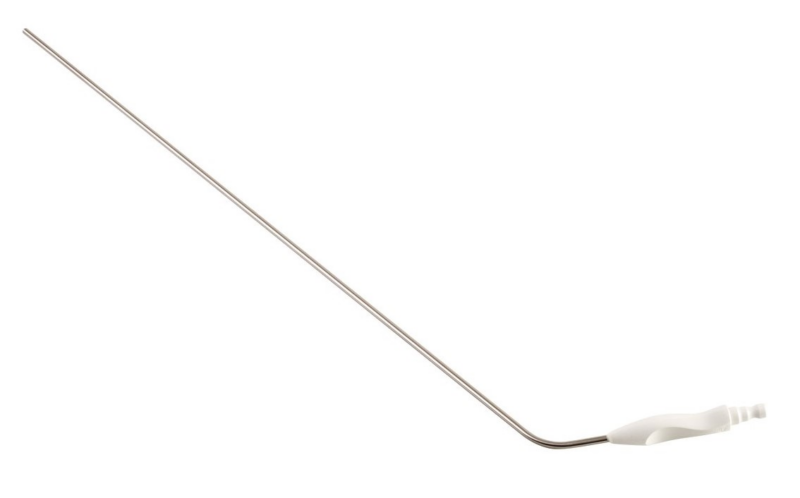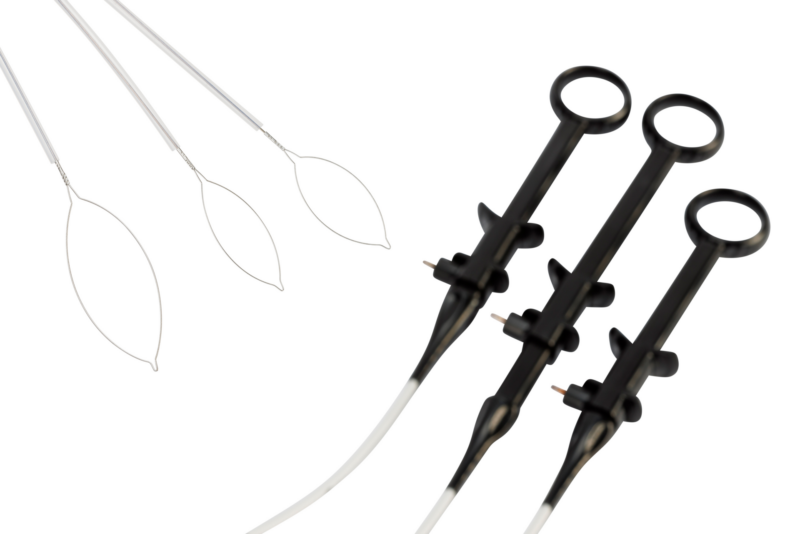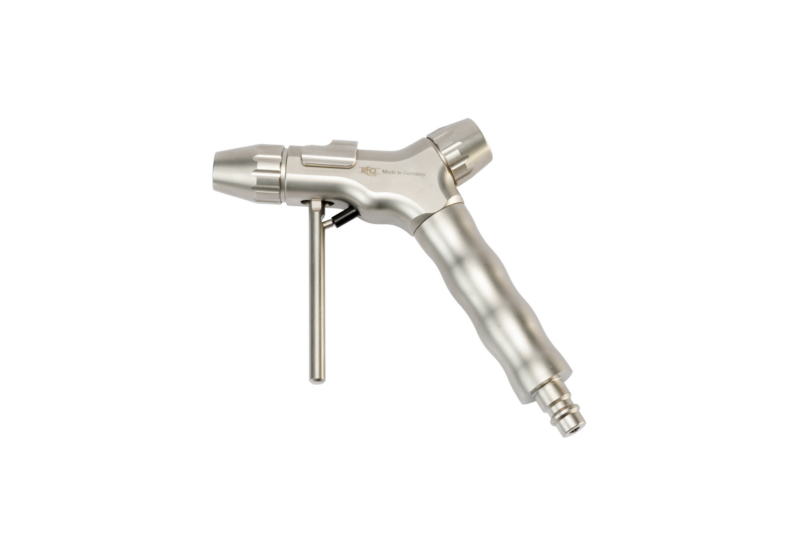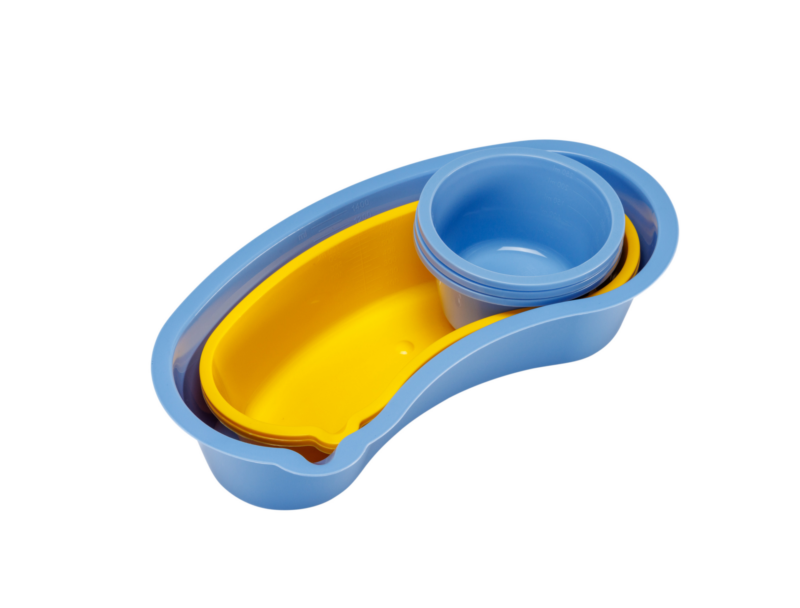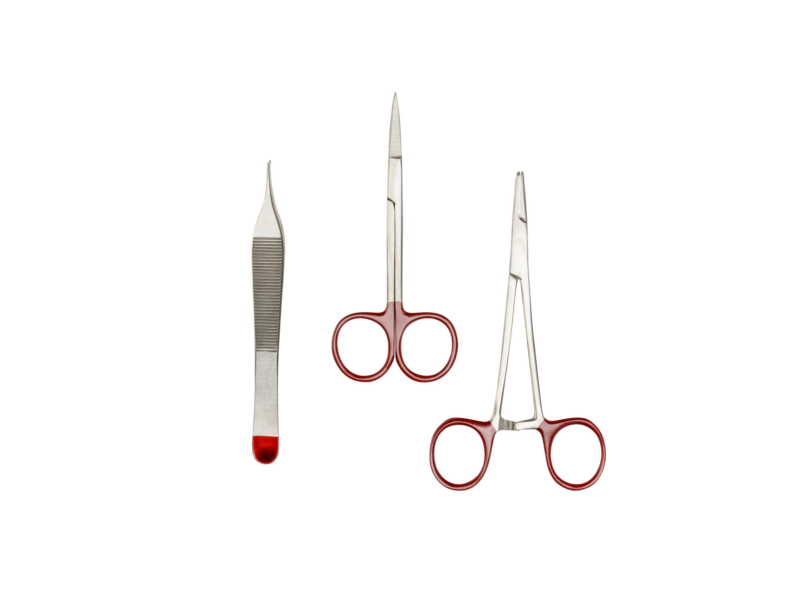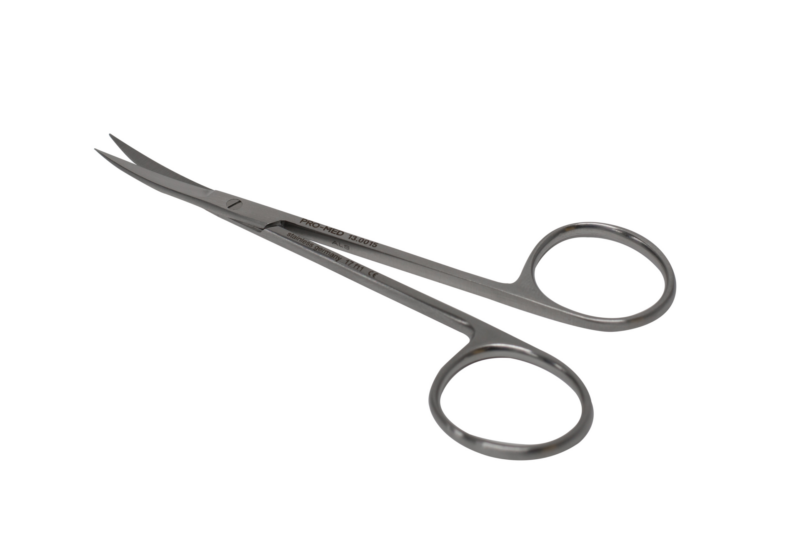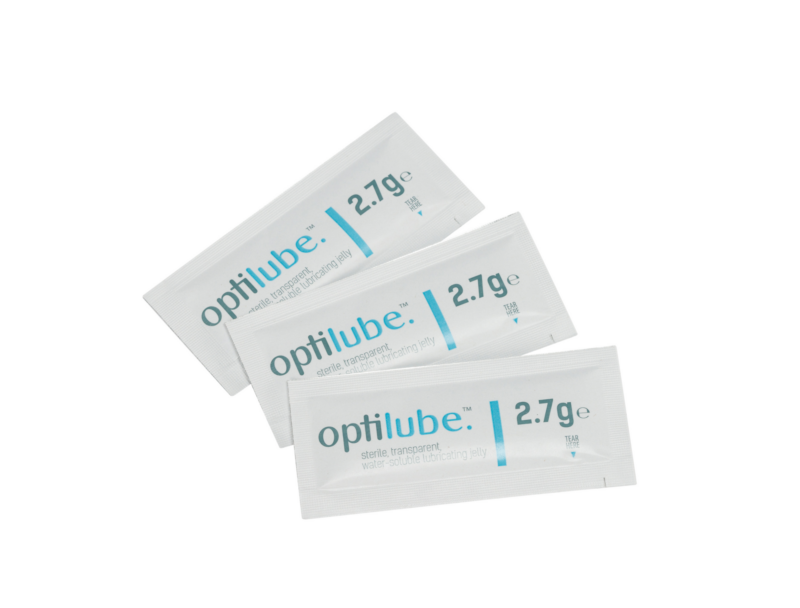Top Six Issues with BiopSafe
As the exclusive distributor for BiopSafe here in New Zealand, Hallmark Surgical is passionate about the health and safety advantages of BiopSafe in eliminating your exposure to formalin in theatres and clinics. However, we realise that BiopSafe isn’t for everyone, and in this article, we will explain why BiopSafe may not be the solution for you.
The top 6 issues with BiopSafe are:
- Cost
- Transportation
- Sizes
- Storage Constraints
- Specimen removal
- Sustainability
1 – Cost:
BiopSafe does cost you more. The innovative way that BiopSafe increases safety by eliminating exposure to formalin comes at a price, and for some users, this increase may mean that they cannot justify using BiopSafe. Public Hospital theatres must invest approximately $12,000 – $35,000 annually to use BiopSafe for all specimens. Private hospitals would have to invest $7,000 – $20,000 annually. Read our “How much does BiopSafe cost?” blog to learn more about this point.
The other consideration with the cost is that many of you are supplied your pots free of charge from the labs. With the increased cost of BiopSafe, labs may need to increase the cost of their tests or charge you a small proportion of the cost of BiopSafe to recoup their costs and make it viable for both parties.
To help you understand the best process for trialling and implementing BiopSafe, download our ‘Implementation Process’ document today.
If this level of investment in improving staff health and safety is something other than what you can justify, BiopSafe isn’t for you.
2- Transportation
BiopSafe is best transported upright. Because of the way the formalin flows from the lid to the vial after the internal seal has been broken, if transported on its side or upside down, it may cause the formalin to flow back into the lid, exposing the biopsy and affecting the specimen integrity.
BiopSafe is, therefore, best for customers who can ensure the safe transportation of the vials. From our experience, hospitals with labs on site have more control of transportation methods. However, any hospital willing to carefully package BiopSafe before transport can overcome this issue.
This transportation issue isn’t limited to BiopSafe but applies to standard histology pots, albeit for a different reason. It is commonly known that standard histology pots not transported upright have high leakage rates.
3 – Sizes:
BiopSafe is designed to cater for the more frequent smaller specimens. It is available in 20ml and 60ml sizes. According to specimen handling guidelines, BiopSafe can be used for up to 3 cubic centimetre specimens. BiopSafe doesn’t cater for larger specimens such as Breasts, Organs or Tumors. For this, you need to look at formalin management systems, such as fume extraction cabinets or sealed dispensing systems.
Despite this, BiopSafe is designed to look after 100% of specimens in the clinic and up to 75% in the theatre. BiopSafe is for departments that want to eliminate most of their exposure to formalin, giving that added protection to your staff.
4 – Storage Constraints:
BiopSafe’s secret is in the lid. All formalin is sealed inside the lid, allowing users to open the vial and place the specimen inside without being exposed to formalin. However, because of this, BiopSafe is about twice the height of a regular pre-filled histology container. This does mean that storage in your department before use and then in the laboratory after testing can be a constraint. This is another reason to include labs in your conversations early.
5 – Specimen Removal:
It is known that some departments, particularly gastro departments dip their instruments into the formalin in specimen pots to release the biopsies into the pots. This is not a recommended practice as it not only brings devices into contact with the toxic substance of formalin but also aggravates the volatile gas, increasing airborne particles and exposure levels.
As the BiopSafe vial is empty and there is no liquid in it, you cant swirl the instrument in the formalin to remove the specimen.
This can be overcome by scrapping your device onto a small foam pad to assist in removing the specimen.
6 – Sustainability:
Sustainability is becoming a significant focus for many users. BiopSafe has more plastic than regular formalin pots, which can disadvantage sustainability projects. Therefore, if sustainability is more important to your organisation than staff safety and meeting the recently revised formalin exposure limits updated by WorkSafe NZ, BiopSafe is not your solution.
When reviewing a new product like BiopSafe, many questions arise, and we hope we have answered a few for you here. If the above issues with BiopSafe are manageable for your organisation, you can join hundreds of hospitals and clinics around the globe that are eliminating formalin exposure daily.
If you would like to discuss a trial of BiopSafe in your organisation, please get in touch with the team today!

